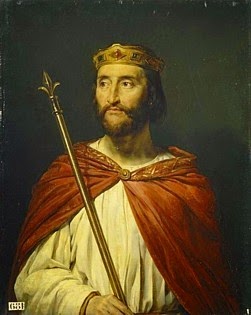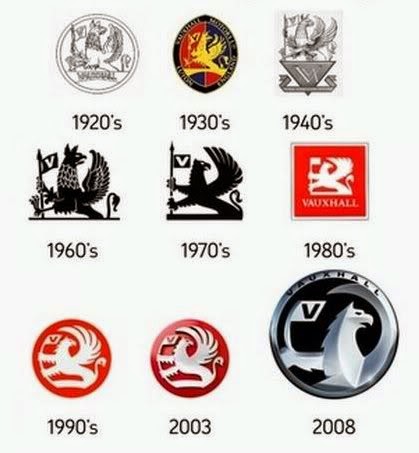 |
| St. Joseph of Cupertino levitating |
He was born 17 June 1603* to a poor family. His father, a carpenter, died before Joseph was born, leaving debts that drove Joseph's mother from her home. In consequence, Joseph was born in a stable. From this interesting beginning, he showed a tendency toward ecstatic visions as a child, brought on by anything related to religion, including the ringing of a church bell.
Rejected by the Franciscans in 1620 because of his lack of formal education, he applied to the Capuchin friars. They took him in for a short time: his visions distracted him from his expected chores. He finally was allowed to join the Conventual friars near Cupertino, finally becoming a Catholic priest in 1628.
It is after this turning point that reports started of his levitating during his ecstatic visions while at Mass. Levitation brought a reputation for holiness and attention that was unwanted by his superiors. It also brought fears of witchcraft, and he was brought to the Inquisition, whence he was sent for observation to several different abbeys. He was put on a strict regimen for the next 35 years, fasting most of the week.
Because of his levitation (which some feared, but no line denied), he is considered the patron saint of astronauts, aviators, and travelers in the air. He is also the patron of poor students.
He died 18 September 1663.
*Yes, this is a little late for Daily Medieval, but I'm taking my inspiration from this because today is launch day for the newest iPhone.
















